AMD releases the new Zen 4 CPUs without X in the name today. Of course, I was able to test the CPUs in the form of the Ryzen 9 7900 and Ryzen 5 7600 in advance and also added the respective X models freshly. Even though these new CPUs might look rather unspectacular at first glance, the slightly lower price and higher efficiency could definitely make it possible to open up new fields of application. In addition to gaming, I also tested various workstation applications very extensively, and without spoiling too much: it doesn’t look that bad in places, on the contrary.
Important preliminary remark about the test field and the test methodology
The fact that I only have two of the three new CPUs in the test field today with the Ryzen 9 7900X and the Ryzen 5 7600 is simply due to the fact, that AMD surely thought that these two samples would probably have the greatest relevance for my readers. The Ryzen 7 7700 could not be found privately in a hurry and I did not want to emulate it in the end. At this point, I also want to introduce further articles, which of course complement and round off this launch article, because everything doesn’t fit into a single review and redundancies are boring to read.
|
|
|
The new CPUs: AMD Ryzen 7000 ‘Zen 4 Raphael’ without X
We finally get to the two new CPUs, which as mentioned earlier, consist of three SKUs based on the Zen 4-core architecture, the AMD Ryzen 9 7900, the AMD Ryzen 7 7700 and the AMD Ryzen 5 7600. The new CPUs are not that different from their X counterparts, but AMD wants to lower the price significantly. Considering the fact that these three CPUs could be catapulted to the level of the X versions with the manual softening of the strict PBO limits, it is definitely nothing more than an indirect discount for insiders. The fact that efficiency then suffers just like in the normal X models is again somewhat different, but also logical. Miracles take place elsewhere.
Before we turn to the core specifications of these three SKUs, we must point out that the AMD Ryzen 7000 CPUs are based on a TSMC 5nm process node with a CCD die size of 70mm2 compared to 83mm2 for Zen 3 and feature a total of 6.57 billion transistors, a 58% increase over the Zen 3 CCD with 4. The CPUs adopt the Zen 4 architecture, which brings a 13% IPC increase, but most of the performance benefit comes from the higher clock speeds and a higher TDP added to each chip compared to the previous generation.
AMD has announced an increase of up to 29% in single-threaded performance, over 35% in multi-threaded performance, and 25% better perf/watt when comparing Zen 4 and Zen 3 cores, and it will be my pleasure to review that today as well. The IOD of the new CPUs is manufactured on the 6nm process node and accommodates an iGPU with 2 RDNA 2 compute units that operate at up to 2200 MHz. The size of the chip is 124.7 mm2, which is almost the same as that of the Zen 3 IOD, which measures 124.9 mm2. Compared to Zen 3, the Zen 4 architecture is also said to be very efficient, offering 62% less power for the same performance and 49% more performance for the same power consumption.
According to AMD, the increases in IPC come from a new Front End & Load/Store + Branch Predictor, which should already account for about 80% of the improvements, while L2 cache structuring and execution engines should account for the remaining 20% of the improvements. In addition, AVX-512 and VNNI are said to be able to increase FP32 (multi-thread) performance by up to 30% and INT8 (multi-thread) CPU performance by 2.5 times. In addition to the larger caches, the micro-op cache has been increased from 4 KB to 6.75 KB and the L1I and L1D caches have been increased to 32 KB. The size of the L2 cache has also doubled to 1 MB and now also runs at 14 instead of 12 cycles, while the L3 cache has increased from 46 to 50 cycles. The L1 BTB was also increased from 1 KB to 1.5 KB.
AMD Ryzen 9 7900
The AMD Ryzen 9 7900 tested today offers a count of 12 cores and 24 threads, which is retained from the previous two generations. The CPU has a base frequency of 3.7 GHz and a boost clock of up to 5.4 GHz. One should have gone to the limits here and exhausted what is still somehow stably possible within the 65 Watt TDP (90 Watt PPT). As for the cache, the CPU has 76 MB, 64 MB of which comes from L3 (32 MB per CCD) and 12 MB from L2 (1 MB per core). The CPU consists of an IOD and two chiplets (CCD).
AMD Ryzen 7 7600
The AMD Ryzen 7 7600 is a 6-core / 12-thread processor. AMD is effectively positioning this CPU as the new efficient sweet spot for gamers and as such, the CPU will have a base clock of 3.8 GHz and a boost clock of 5.1 GHz and will also feature the low TDP of 65 watts (90 watts PPT). The CPU has a 38 MB cache pool, which consists of 32 MB L3 from the single CCD and 6 MB L2 from the Zen 4 cores. The special feature (also in terms of cooling) is that these smaller CPUs (as well as the Ryzen 5 7600X) only use one chiplet (CCD) next to the centrally placed IOD. The lower price compared to the Ryzen 5 7600X will of course also be meant to counter Intel’s smaller CPUs. However, if you look at the total costs for the AM5 platform, it is not quite enough. But it is at least an investment in the future.
Boxed cooler
Interestingly, AMD completes the CPUs with a real boxed cooler again. Wraith Stealth (Ryzen 5 7600) and Prism (Ryzen 9 7900) are again available for free, depending on the CPU. The large Prism cooler (the one with ARGB and optional USB port) costs from around 30 Euros individually, the small Stealth is available for prices starting at around 8 Euros. Both coolers come from AVC and are actually old acquaintances. Since the new CPUs have been classified with a TDP of 65 watts, there are certainly no real problems there. Let’s see…
Here is a quick table with all released and announced Ryzen 7000 in direct comparison:
| Model | Cores/Threads | Clock (Basis/Turbo) |
L2 + L3 | TDP | Price (MSRP) |
|---|---|---|---|---|---|
| AMD Ryzen 9 7950X3D | 16/32 | 4.2/5.7 GHz | 16+64+64 MB | 120 W | |
| AMD Ryzen 9 7950X | 16/32 | 4.5/5.7 GHz | 16+64 MB | 170 W | 849 Euro / 699 USD |
| AMD Ryzen 9 7900X3D | 12/24 | 4.4/5.6 GHz | 12+64+64 MB | 120 W | |
| AMD Ryzen 9 7900X | 12/24 | 4.7/5.6 GHz | 12+64 MB | 170 W | 669 Euro /549 USD |
| AMD Ryzen 9 7900 | 12/24 | 3.7/5.4 GHz | 12+64 MB | 65 W | 429 USD |
| AMD Ryzen 7 7800X3D | 8/16 | 4.4/5.0 GHz | 8+32+64 MB | 120 W | |
| AMD Ryzen 7 7700X | 8/16 | 4.5/5.4 GHz | 8+32 MB | 105 W | 479 Euro / 399 USD |
| AMD Ryzen 7 7700 | 8/16 | 3.8/5.3 GHz | 8+32 MB | 65 W | |
| AMD Ryzen 5 7600X | 6/12 | 4.7/5.3 GHz | 6+32 MB | 105 W | 359 Euro / 299 USD |
| AMD Ryzen 5 7600 | 6/12 | 3.8/5.1 GHz | 6+32 MB | 65 W | 229 USD |
Test setup
I’m using the same system for gaming and the application and workstation tests as I did in the Zen 4 launch article, so I’ll mostly save the textual redundancy now. The systems was frozen and the problematic UEFI with AGESA ComboAM5PI 1.0.0.4, which was provided to me as a beta version by MSI, was ONLY used to test the two non-X CPUs. All other Ryzen CPUs were tested again with the previous UEFI and AGESA ComboAM5PI 1.0.0.3. Some of the previous Zen4 CPUs were affected by boot loops and freezes, or changes could no longer be saved in the UEFI.
The measurement of the detailed power consumption and other, more in-depth things is done here in the lab (where the thermographic infrared recordings are also created with a high-resolution industrial camera in the air-conditioned room at the end) on two tracks by means of high-resolution oscilloscope technology (there are also various follow-ups!) and the self-created, MCU-based measurement setup for motherboards and graphics cards (pictures below) or NVIDIA’s PCAT.
The audio measurements are done outside in my Chamber (room within a room). But everything in its own time, because today it’s all about gaming (for now).
I have also summarized the individual components of the test system in a table:
| Test System and Equipment |
|
|---|---|
| Hardware: |
AMD AM5 AMD AM4 Intel LGA 1700 MSI Radeon RX 6950XT Gaming X Trio OC 2x 2 TB MSI Spatium M480 |
| Cooling: |
Alphacool Core One Black Prototype, Custom Loop Water Cooling / Chiller Alphacool Apex |
| Case: |
Cooler Master Benchtable |
| Monitor: | LG OLED55 G19LA |
| Power Consumption: |
Oscilloscope-based system: Non-contact direct current measurement on PCIe slot (riser card) Non-contact direct current measurement at the external PCIe power supply Direct voltage measurement at the respective connectors and at the power supply unit 2x Rohde & Schwarz HMO 3054, 500 MHz multichannel oscilloscope with memory function 4x Rohde & Schwarz HZO50, current clamp adapter (1 mA to 30 A, 100 KHz, DC) 4x Rohde & Schwarz HZ355, probe (10:1, 500 MHz) 1x Rohde & Schwarz HMC 8012, HiRes digital multimeter with memory function MCU-based shunt measuring (own build, Powenetics software) |
| Thermal Imager: |
1x Optris PI640 + 2x Xi400 Thermal Imagers Pix Connect Software Type K Class 1 thermal sensors (up to 4 channels) |
| Acoustics: |
NTI Audio M2211 (with calibration file) Steinberg UR12 (with phantom power for the microphones) Creative X7, Smaart v.7 Own anechoic chamber, 3.5 x 1.8 x 2.2 m (LxDxH) Axial measurements, perpendicular to the center of the sound source(s), measuring distance 50 cm Noise emission in dBA (slow) as RTA measurement Frequency spectrum as graphic |
| OS: | Windows 11 Pro 2H22 (all updates/patches, current certified drivers) |
- 1 - Introduction, preliminary remark and CPU data
- 2 - Gaming Performance HD Ready (1280 x 720 Pixels)
- 3 - Gaming Performance Full HD (1920 x 1080 Pixels)
- 4 - Gaming Performance WQHD (2560 x 1440 Pixels)
- 5 - Autodesk AutoCAD 2021
- 6 - Autodesk Inventor 2021 Pro
- 7 - Rendering, Simulation, Financial, Programming
- 8 - Science and Mathematics
- 9 - Power Consumption and Efficiency
- 10 - Temperatures and Cooling
- 11 - Summary and Conclusion














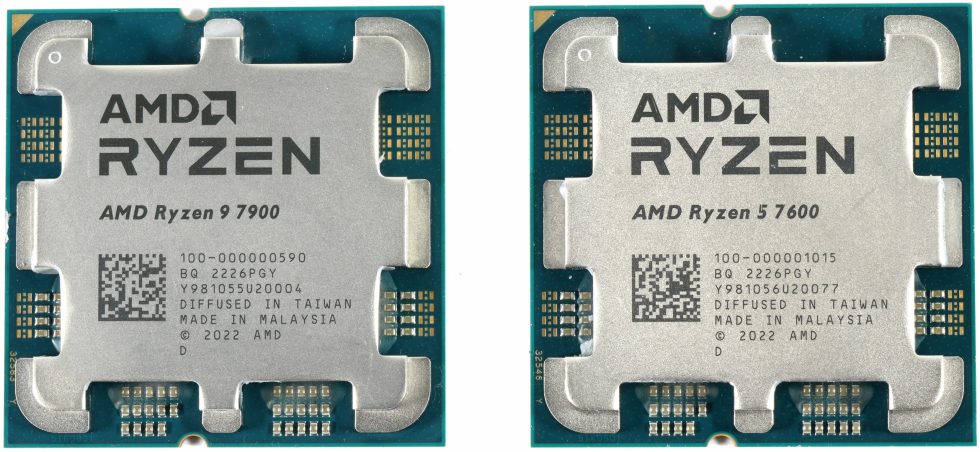
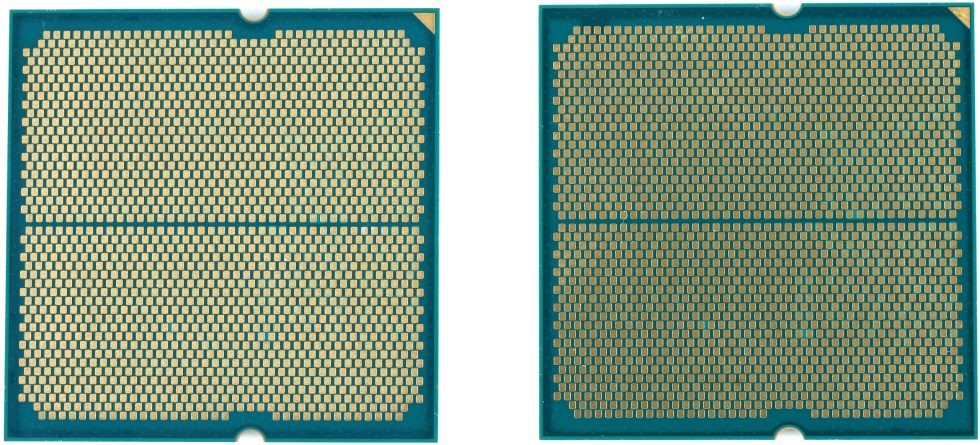
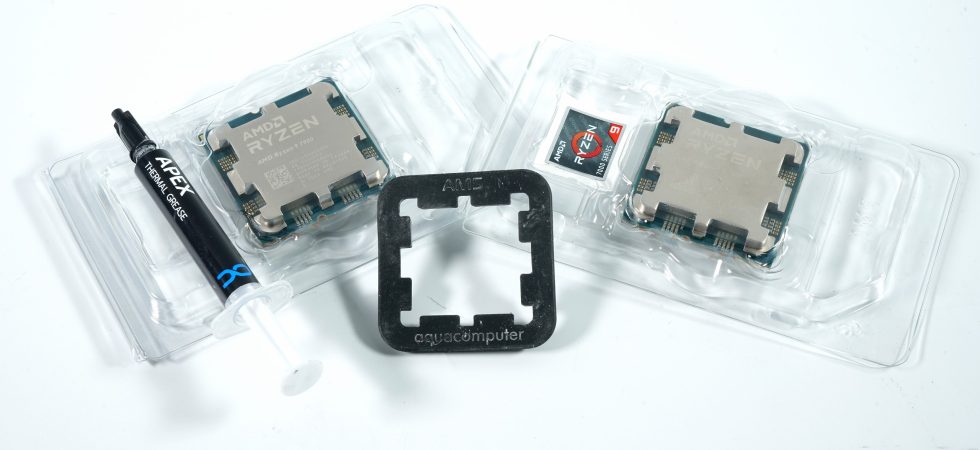
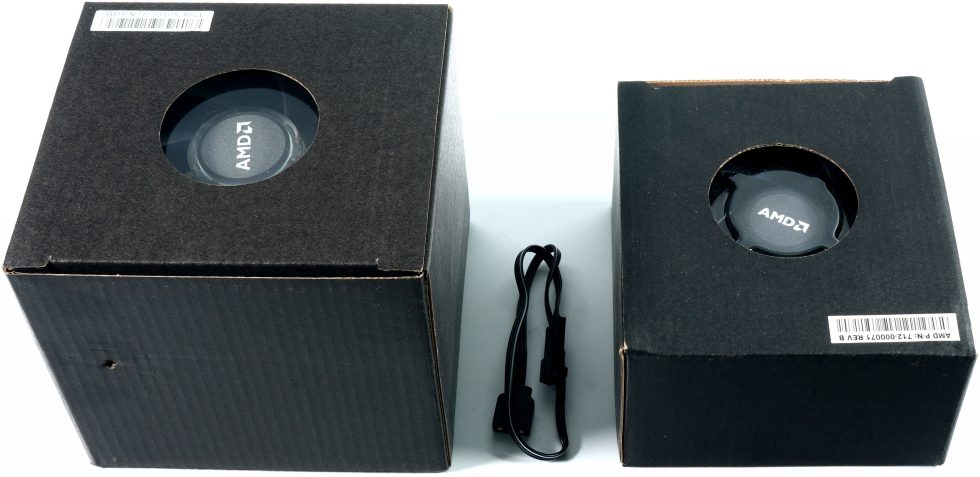

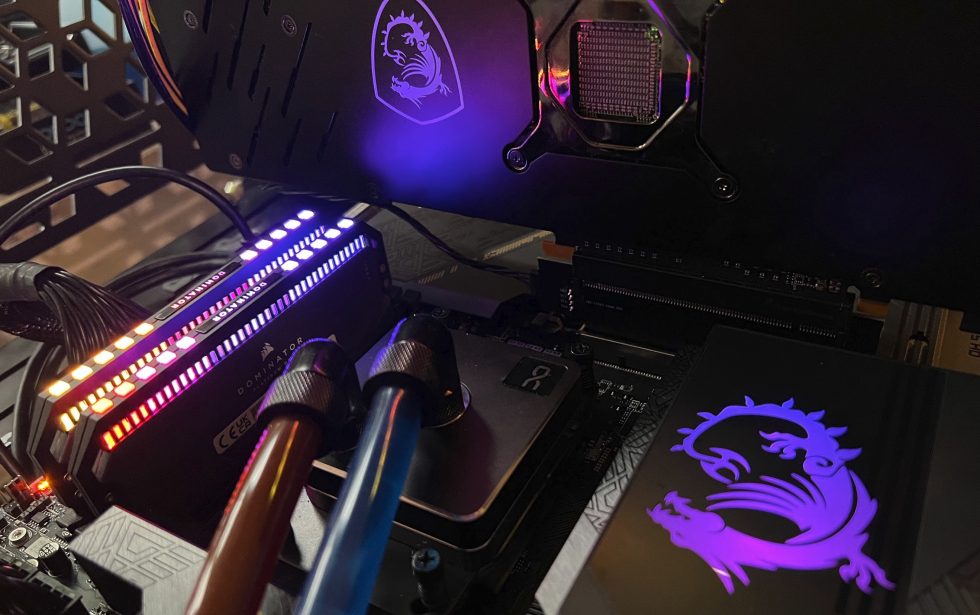
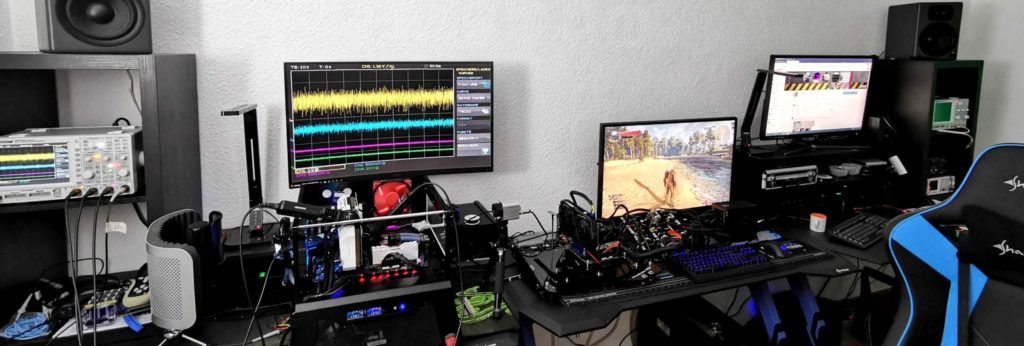
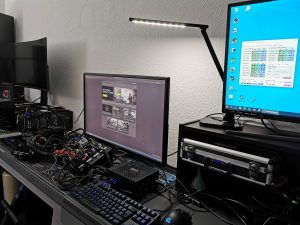
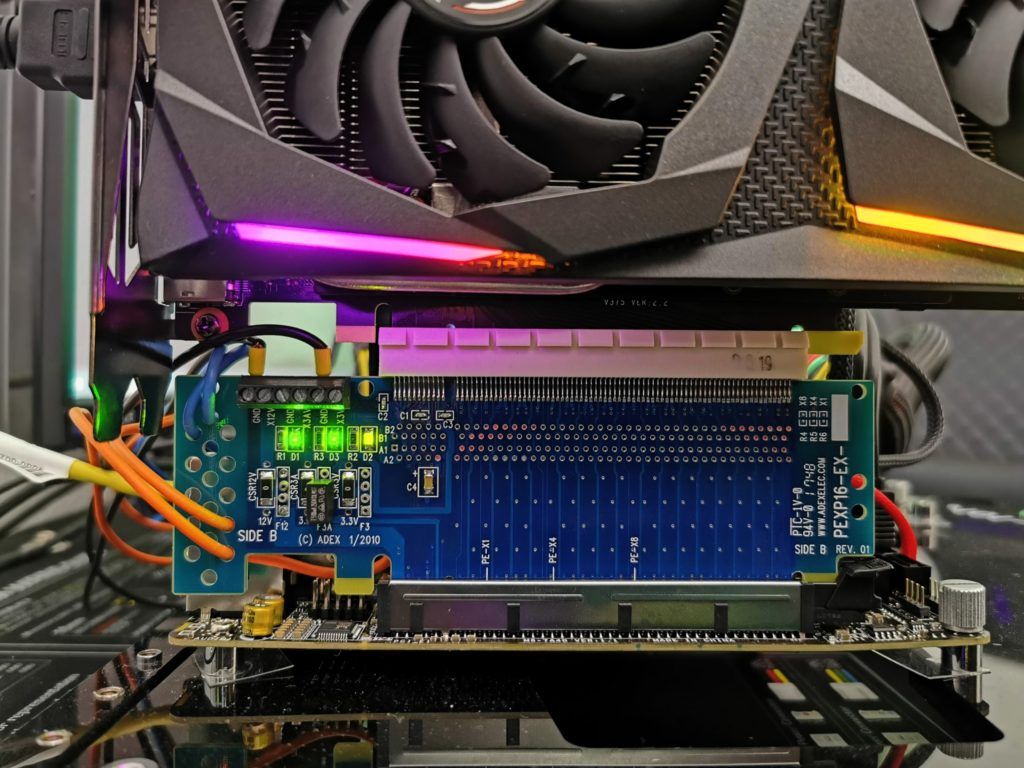
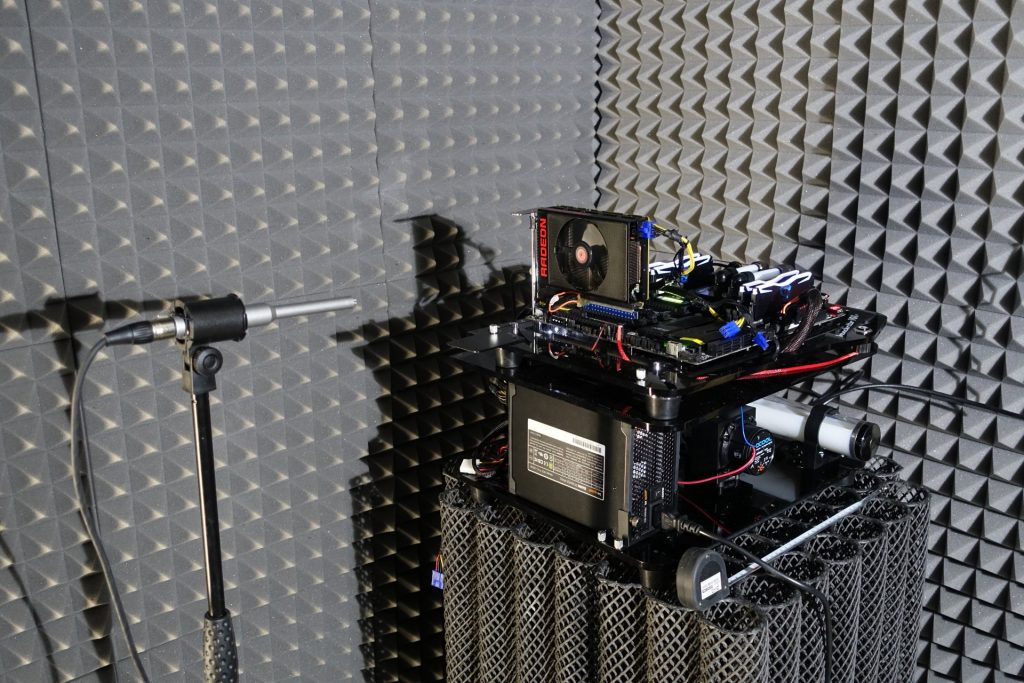



















40 Antworten
Kommentar
Lade neue Kommentare
Urgestein
1
Urgestein
Veteran
Urgestein
Veteran
Mitglied
Veteran
Veteran
Urgestein
Urgestein
Urgestein
Veteran
Urgestein
Veteran
Urgestein
Urgestein
Urgestein
Urgestein
Alle Kommentare lesen unter igor´sLAB Community →